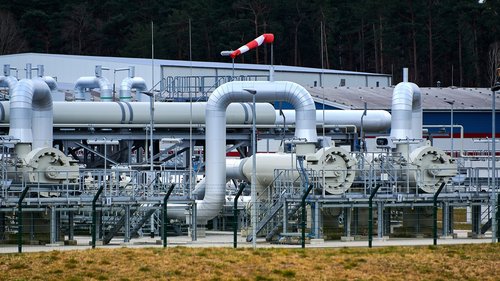The US Federal Reserve Bank’s interest rate hike of 0.25 percentage points is a step into the right direction. If an interest rate level of 4 percent in the medium run should be the goal, the Fed will not reach this goal until mid-2018 with these little interest rate steps. Instead, it should aim at a faster normalization process with larger rate steps.
A Small Step for Savers
As Janet Yellen took over the Fed-chair in February 2014, the zero interest rate policy had lasted an impressing 62 months already. And Yellen continued her predecessor’s policy until the US labour market had recovered completely – meanwhile the US unemployment rate had halved after it had reached a historical high of 10 percent.
Now it is Yellen’s primary task to bring the Federal Funds Rate back to its neutral level of 4 percent. She intends a path of small, but continuous interest rate steps. But under this path, the normalization process will endure until mid-2018. For savers, the low interest rate environment would then last for 10 years. With interest rate steps of 0.5 percentage points the Fed could accelerate the normalization process by one year. Such an acceleration would probably not slow down the economy.
For the European Central Bank (ECB) interest rate increases are out of sight. The ECB has to fight bigger problems than the Fed: In the Eurozone, structural problems complicate the ECB’s work – such as high debt levels of companies in the southern Eurozone countries that keep the level of investment low. Investment, however, is needed as a growth engine.
More on the topic

The Energy Dependence of Bank Loans
Russia's war against Ukraine has highlighted the vulnerability of the Federal Republic of Germany to Russian energy imports, especially natural gas.
IW
This time is different but still risky: Banking crisis instead of financial crisis
The current crisis of some American and European banks inevitably triggers fears that an international banking crisis could lead to a new financial crisis. But things in 2023 are very different from those in 2007.
IW
